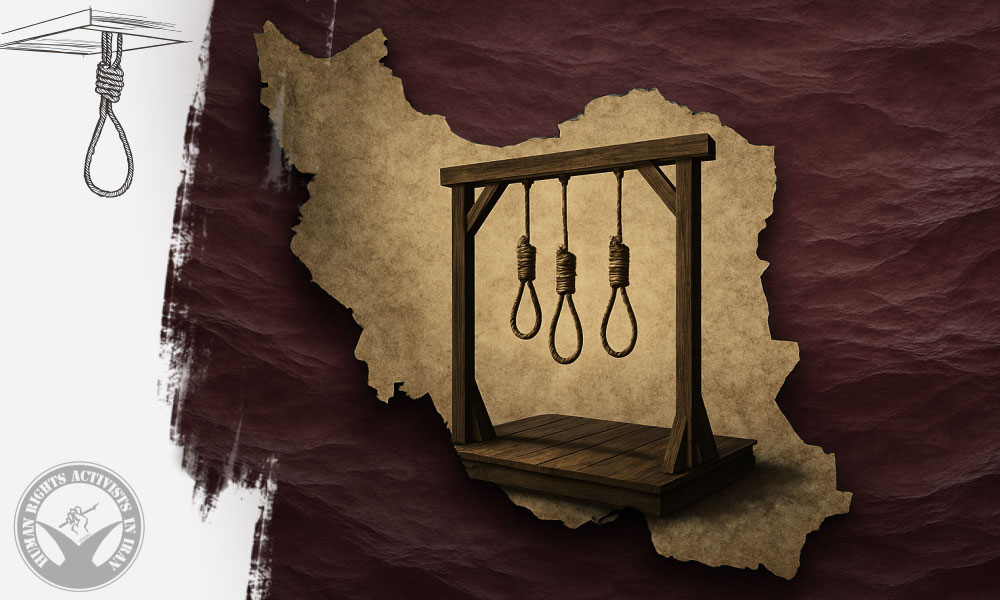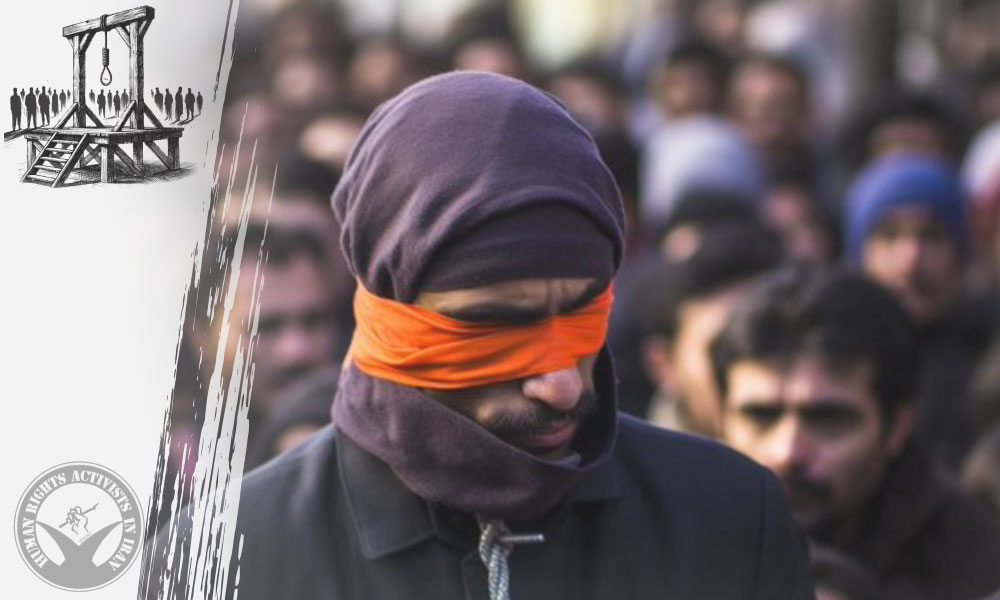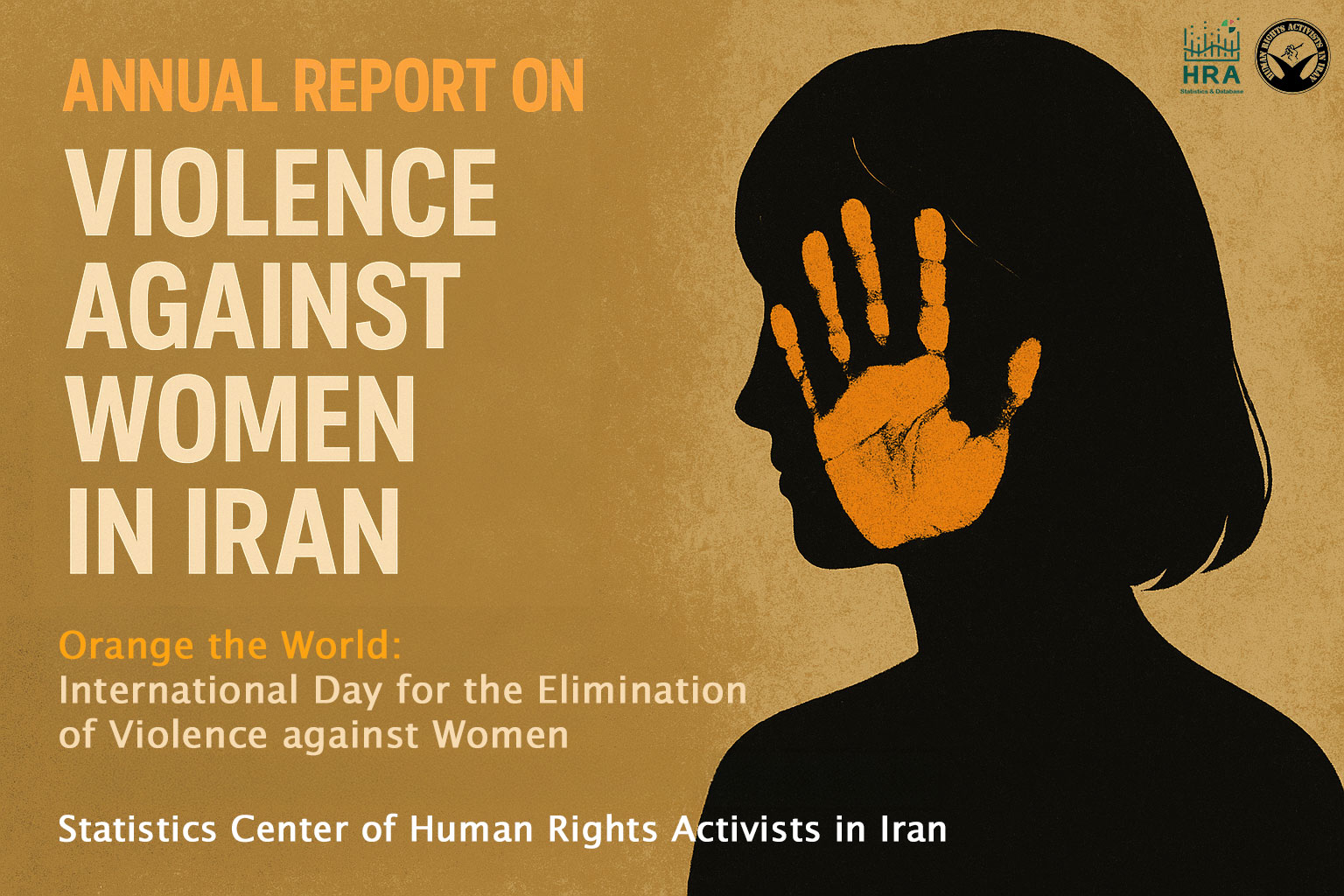In today’s world, the internet has a clear meaning: a tool for fast, direct, and uncensored communication among people, with access to firsthand news and information—even if that information is sometimes incorrect or misleading. In any case, the right to access the internet is recognized in international law as part of fundamental human rights and freedoms. Nevertheless, like other declared rights, this one has repeatedly been limited or entirely revoked in certain countries. North Korea is a notable example. Iran is also among the countries that, through widespread and repeated internet shutdowns (both internationally and domestically), has denied its people free access to the internet—including during November 2019 (Aban 1398), one of the world’s most extensive and complex internet blackouts, again during the 2022 (1401) nationwide protests of the “Woman, Life, Freedom” movement, and most recently, during the twelve-day war when the internet was once again entirely cut off.
The November 2019 internet shutdown is considered the largest in Iran’s internet history. Reports indicate that in terms of geographical extent and duration, it was unmatched by previous disruptions: internet coverage across Iran was completely cut, and all users lost access to the network. This move—largely driven by panic and fear—was an exceedingly rare case, and, according to some analysts, unprecedented in modern global history.
In an investigative report for Wired, journalist Matt Burgess revealed findings from new research by the human rights organization Article 19, exposing how the Islamic Republic shut down communications for tens of millions and activated a “national” internet system it had been building for years. (1) This research outlines the architecture of Iran’s internet and presents a picture of state control unparalleled anywhere else in the world. In other words, the Islamic Republic, under unique conditions, can impose any level of control over citizens’ internet use. (2) One of the main reasons cited by the state for these shutdowns is the fear of protest footage and images being disseminated—ostensibly to reduce unrest, but in practice aimed at preventing opposition organizing. Additionally, the authorities have long feared losing control over public opinion and view severing communication with the outside world as the best solution. This fear can be documented over the decades since the 1979 revolution: from banning video players and satellite dishes to cutting off the internet, imposing harsh restrictions on print media, mass shutdowns of newspapers, and heavy censorship in book publishing—all under the justification of combating a so-called “psychological war” waged by the enemy. However, in the absence of free information flow and given the public’s distrust in official state media, these policies often backfire. In such situations, a population thirsty for information turns to foreign sources. The state fails to consider that while internet shutdowns might achieve short-term goals, in the long run they drastically erode public trust in domestic media and effectively transfer informational authority to external outlets.
On a more practical level, internet shutdowns in an age when even the most basic aspects of daily life depend on it effectively cripple the country. Services like education, commerce, banking, and even transportation are severely impacted, causing major disruptions to daily life and significant economic losses. This in turn increases public dissatisfaction—dissatisfaction that may not surface immediately but settles into society like embers under ashes, ready to ignite at any moment. Moreover, due to extensive filtering, people rely heavily on VPNs (virtual private networks) to access platforms. Without any age restrictions, users not only access blocked platforms but also potentially reach illicit and dangerous content. The VPN market in Iran has become so lucrative that its annual turnover reportedly reaches tens of thousands of billions of tomans. Filtering, once a purely security policy, has gradually become part of a profitable economic cycle, from which certain groups and institutions—directly or indirectly—benefit. While billions are spent on developing internet infrastructure, a parallel underground market thrives on filtering and actively resists any reform. (3)
What occurred during the twelve-day war should be assessed from two different angles. On one hand, officials stated that the international internet shutdown and limitation of global access were intended to disrupt communication between Israeli proxy forces within Iran—forces said to be using the internet to guide drone strikes on domestic targets. These drones allegedly used local SIM cards and internet connections to hit their marks—a claim questioned by many cybersecurity and internet experts. While drone attacks reportedly declined after the internet shutdown, some experts attribute this reduction to the reactivation of Iran’s air defense systems, which were reportedly disabled by a widespread cyberattack during the initial hours of the war. Thus, there is insufficient evidence to confirm a direct correlation between the internet shutdown and the disruption of drone operations. In fact, many analysts argue that Israel’s drone and cyber operations are more reliant on isolated systems and internal technologies than on public internet infrastructure. A clear example can be seen in past cyberattacks: including the widespread hacking of fuel distribution systems, gas stations, and fuel card systems, or the 2007 Stuxnet malware attack—engineered by Erik van Sabben, a Dutch engineer affiliated with Dutch intelligence, who installed infected equipment in Iran’s Natanz nuclear facility. This malware reportedly cost over a billion dollars to develop. Nonetheless, the most significant result of the recent nationwide internet blackout during the war was the suppression of information: blocking the reporting of attacks and damage, and attempting to control wartime narratives.
What became most evident during the twelve-day war was the massive disruption to everyday civilian life under wartime conditions—from people losing contact with their loved ones, to disruptions in emergency communications, relief coordination, and updates on safe zones, evacuation routes, and assembly points for the injured. Authorities urged citizens to use domestic platforms, yet many people were unfamiliar with or distrusted these platforms. On the other hand, the blackout hindered rapid humanitarian relief to affected areas. It also shut down countless businesses that relied on foreign platforms and software. No one took responsibility for the losses incurred. Many individuals who earned a living through Instagram or other pre-filtered social media platforms faced serious financial hardship. Even some domestic services, such as banking systems dependent on international IP addresses, experienced disruptions, exacerbating financial and economic challenges for ordinary citizens. During the same period, two major banks—Sepah Bank (affiliated with military institutions) and Pasargad Bank—were targeted in a cyberattack. This large-scale hack caused numerous problems for their clients, leading to the transfer of pension payments for many Sepah Bank retirees to alternative accounts.
Perhaps the most ironic aspect of this episode came after the ceasefire, when state media such as IRIB and some hardliner figures made extraordinary efforts to blame social media platforms like WhatsApp, Instagram, and Telegram for espionage activities and the deaths of senior commanders and nuclear scientists. This, despite claims from the daughter of one slain commander who said her father never used WhatsApp or any other social media—and didn’t even own a smartphone. (4) This attempt to portray global internet platforms as scapegoats for intelligence failures is even more telling than the act of shutting down the internet itself. Hardline elements of the state hope that such narratives will persuade Iran’s leadership to continue total internet blackouts and fully transition to a local intranet system.
In any case, internet shutdowns have become a routine crisis-control tool in Iran. However, this strategy may lead to growing public distrust and serious long-term economic damage. Moreover, advancements in technologies like Starlink satellite internet could soon render such restrictions ineffective. The denial of public access to the global internet during the twelve-day war (and in similar crises) reflects the government’s fear of information spread and potential protest mobilization. While it may be temporarily effective, in the long run it incurs heavy political, economic, and social costs—and may even foster greater instability. Ultimately, shutting down the internet not only restricts access to information but can endanger lives during emergencies. Maintaining access to the internet in times of crisis is an undeniable necessity—for saving lives and reducing societal vulnerability.
References:
1 – Burgess, Matt , “Iran’s Internet Blackout Adds New Dangers for Civilians Amid Israeli Bombings,” Wired, 18 June 2025.
2 – Nationwide Internet Shutdown in Iran (2019), Darvazeh-ye Mellal Safiran Website, 17 August 2024 (26 Mordad 1403).
3 – “These Are Iran’s Filtering Profiteers / Tens of Thousands of Billions in VPN Revenue,” Khabar Online, 2 June 2025 (13 Khordad 1404).
4 – “Martyr Shadmani’s Daughter Denies Claim: Mobile Phone Was Not Behind My Father’s Assassination,” Tabnak, 3 July 2025 (13 Tir 1404).
Written by Fereshteh Goli
Originally published in Khat-e Solh (Peace Mark) monthly magazine on July 23, 2025.







